The Victoria and Albert Museum's new East Storehouse in London is redefining the traditional museum visit by offering unprecedented public access to its vast collection. Located in the city's revitalised Olympic Park, the Storehouse provides visitors with direct interaction with over 250,000 objects, 350,000 books, and 1,000 archives spanning 5,000 years of human creativity.
Unlike conventional museums, the V&A East Storehouse encourages tactile engagement, allowing visitors to touch many items and even book one-on-one "Order an Object" sessions. These sessions enable individuals to closely examine specific artifacts, such as a 1954 Balenciaga gown or a Vivienne Westwood sweater, fostering a deeper connection with the pieces.
Situated within a reimagined cultural district developed after the 2012 London Olympics, the Storehouse aims to engage local communities and promote transparency in museum practices. Designed by the firm behind New York's High Line, the building showcases oversized pieces like Picasso stage curtains and Mughal architecture, creating an immersive environment that bridges historical and contemporary art.
The museum's commitment to openness is further demonstrated through displays on conservation work and visible staff activities, aligning with its mission to make the entire national collection accessible to everyone. This approach challenges traditional museum norms by inviting the public into the curatorial process and fostering a more inclusive cultural experience.
The V&A East Storehouse represents a significant shift in museum accessibility, setting a new standard for public engagement with art and history. By breaking down barriers between the collection and the audience, it offers a model for future museum practices that prioritise inclusivity and direct interaction.
